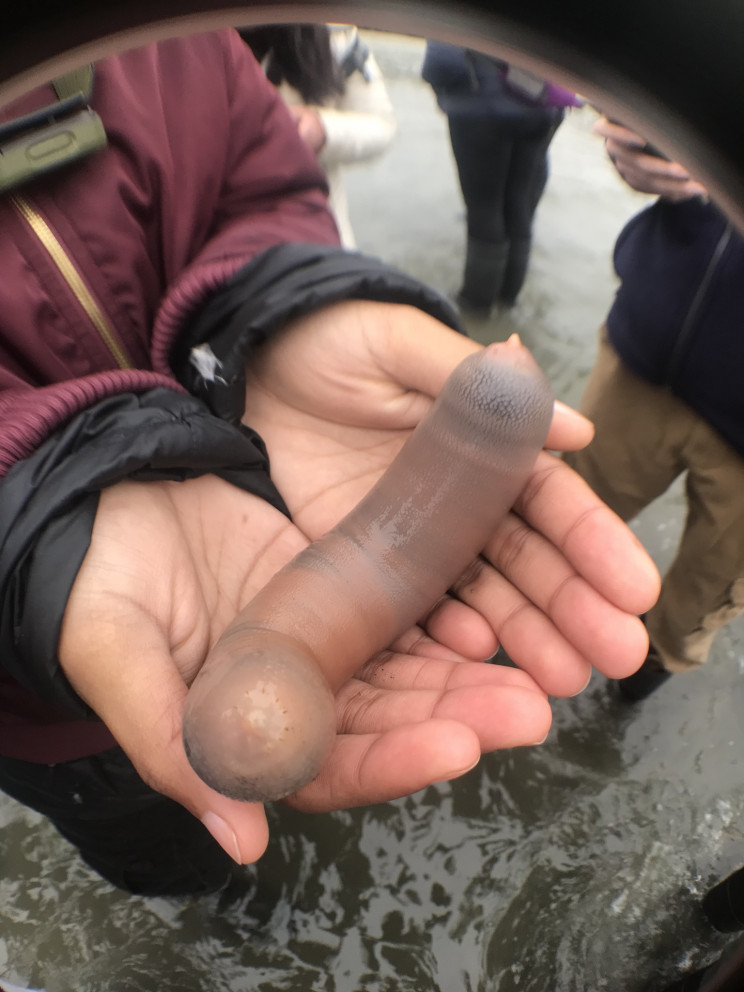The deep sea is a very strange place.
There are probably hundreds (thousands?) of rare and even undiscovered fish species in the ocean.
And if it wasn't because of a freak storm, we probably would not have heard of the 'penis fish'.
News site CNN reported that wildlife enthusiast David Ford stumbled upon the scene. He then sent the surreal images to a local science publication called the Bay Nature Magazine.
The creatures, known as inkeeper worms, are almost exclusively found in California and can live their whole lives underground.
Biologist Ivan Parr told the news portal that the species, which has been calling Earth their home for at least 300 million years, have no reason to surface and the recent sighting of them is extremely rare.
However, the powerful storms that hit Drakes Beach late November are likely the reasons why the inkeeper worms were washed ashore.
The reason they are called inkeeper worms is because they allow smaller creatures such as the tiny arrow goby fish, clams and pea crabs to share their burrows without any conflict.

So, how do they eat if they don't come up to the surface? Well, they cast a mucousy net to catch food.
They also reproduce in their burrows, so you could say that the innkeeper worms are a...private species (geddit?).
Despite its totally haram appearance, they are considered a culinary delicacy in South Korea.
The more you know, right?
There are probably hundreds (thousands?) of rare and even undiscovered fish species in the ocean.
And if it wasn't because of a freak storm, we probably would not have heard of the 'penis fish'.
A victim of circumstance
On Monday, thousands of a species of marine worms dubbed the 'penis fish' because of its appearance appeared on Drakes Beach, California after a strong winter storm exposed them.News site CNN reported that wildlife enthusiast David Ford stumbled upon the scene. He then sent the surreal images to a local science publication called the Bay Nature Magazine.
The creatures, known as inkeeper worms, are almost exclusively found in California and can live their whole lives underground.
Biologist Ivan Parr told the news portal that the species, which has been calling Earth their home for at least 300 million years, have no reason to surface and the recent sighting of them is extremely rare.
However, the powerful storms that hit Drakes Beach late November are likely the reasons why the inkeeper worms were washed ashore.
What are they exactly?
Like we mentioned above, the inkeeper worms can live underground their whole lives.The reason they are called inkeeper worms is because they allow smaller creatures such as the tiny arrow goby fish, clams and pea crabs to share their burrows without any conflict.

So, how do they eat if they don't come up to the surface? Well, they cast a mucousy net to catch food.
They also reproduce in their burrows, so you could say that the innkeeper worms are a...private species (geddit?).
Despite its totally haram appearance, they are considered a culinary delicacy in South Korea.
The more you know, right?







